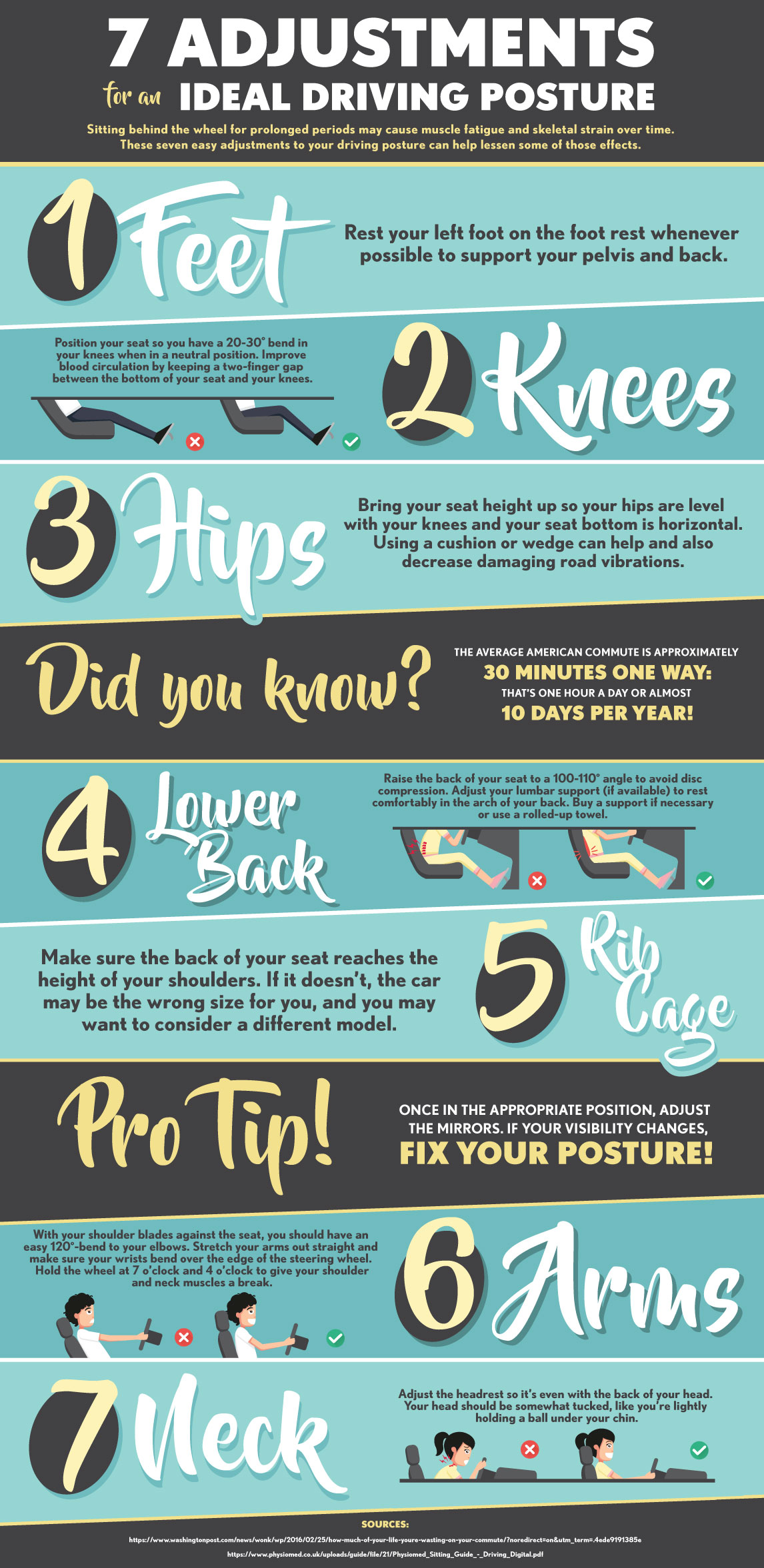Keeping correct position isn't nearly staying up straight; it has to do with straightening your body in such a way that supports your back and lowers the risk of neck and back pain. The way you rest, stand, and move throughout the day can significantly affect your spine health and wellness. However exactly how precisely can you guarantee good positioning continually, also throughout active days full of numerous activities? Let's dive deeper right into the subtle yet impactful changes you can make to your everyday routine to keep your back pleased and healthy and balanced.
Relevance of Proper Position
Correct posture is crucial in maintaining a healthy back and protecting against discomfort. When you sit or stand with good pose, your spine is in alignment, decreasing stress on your muscle mass, tendons, and joints. This alignment allows the body to disperse weight equally, stopping too much anxiety on specific locations that can lead to discomfort and pain. By keeping your spinal column correctly lined up, you can additionally boost your breathing and food digestion, as slouching can compress organs and restrict their functionality.
Furthermore, preserving good position can boost your overall appearance and positive self-image. When you stand tall with your shoulders back and head held high, you radiate confidence and appear more friendly. Great posture can additionally make you feel a lot more invigorated and sharp, as it advertises proper blood flow and enables your muscles to work efficiently.
Incorporating correct position into your day-to-day regimen, whether resting at a desk, strolling, or exercising, is important for protecting against neck and back pain and advertising general wellness. Keep in mind, a little adjustment in how you hold yourself can make a substantial difference in exactly how you feel and function throughout the day.
Common Postural Mistakes
When it comes to keeping excellent pose, lots of people unwittingly make common errors that can add to neck and back pain and pain. Among one of the most widespread mistakes is slouching or stooping over while sitting or standing. This placement puts too much pressure on the spine and can cause muscle imbalances and pain in the long run.
Another usual error is overarching the reduced back, which can flatten the natural curve of the spinal column and cause discomfort. Additionally, crossing legs while resting may feel comfortable, however it can develop a discrepancy in the hips and pelvis, resulting in postural concerns.
Utilizing a cushion that's too soft or too solid while resting can likewise affect your positioning and add to pain in the back. Finally, frequently craning your neck to consider displays or adjusting your setting often can strain the neck and shoulders. Being mindful of these usual postural blunders can assist you maintain far better alignment and minimize the risk of pain in the back.
Tips for Correcting Positioning
To improve your alignment and decrease pain in the back, it's vital to focus on making small adjustments throughout your daily regimen. Begin by bearing in upper cervical chiropractic nyc . When resting, ensure your feet are flat on the floor, your back is straight, and your shoulders are loosened up. Prevent slouching or leaning to one side. Use ergonomic chairs or paddings to sustain your reduced back.
When standing, disperse your weight equally on both feet, keep your knees somewhat bent, and embed your hips. Involve your core muscular tissues to sustain your back. Take Read the Full Piece of writing to stretch and walk if you have a less active job. Integrate workouts that reinforce your core and back muscle mass, such as slabs or bridges.
While resting, make use of a pillow that sustains the all-natural contour of your neck to preserve appropriate spine positioning. Avoid sleeping on your belly, as it can strain your neck and back. By being mindful of these suggestions and making small modifications, you can slowly remedy your positioning and ease neck and back pain.
Conclusion
Bear in mind, keeping excellent posture is essential to stop back pain and advertising spinal health and wellness. By bearing in mind your positioning, dispersing weight equally, and involving your core muscles, you can minimize strain on your back and minimize the threat of discomfort and injury. Include ergonomic support, take regular breaks to extend, and enhance your core and back muscles to preserve proper alignment throughout the day. Your back will thanks for it!
